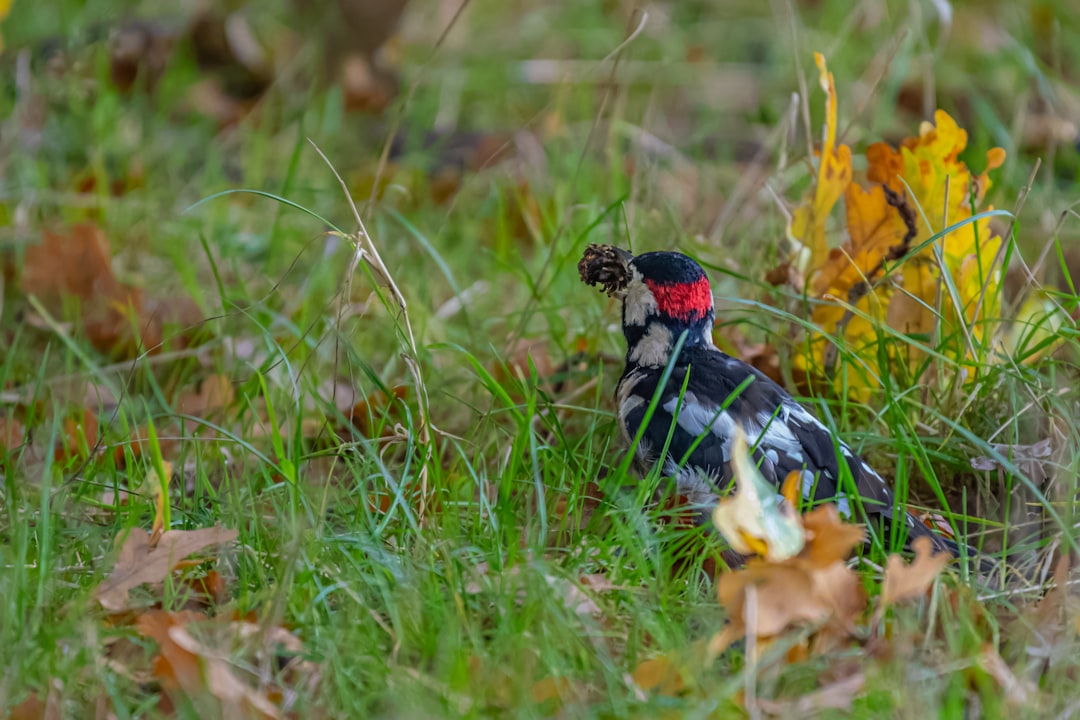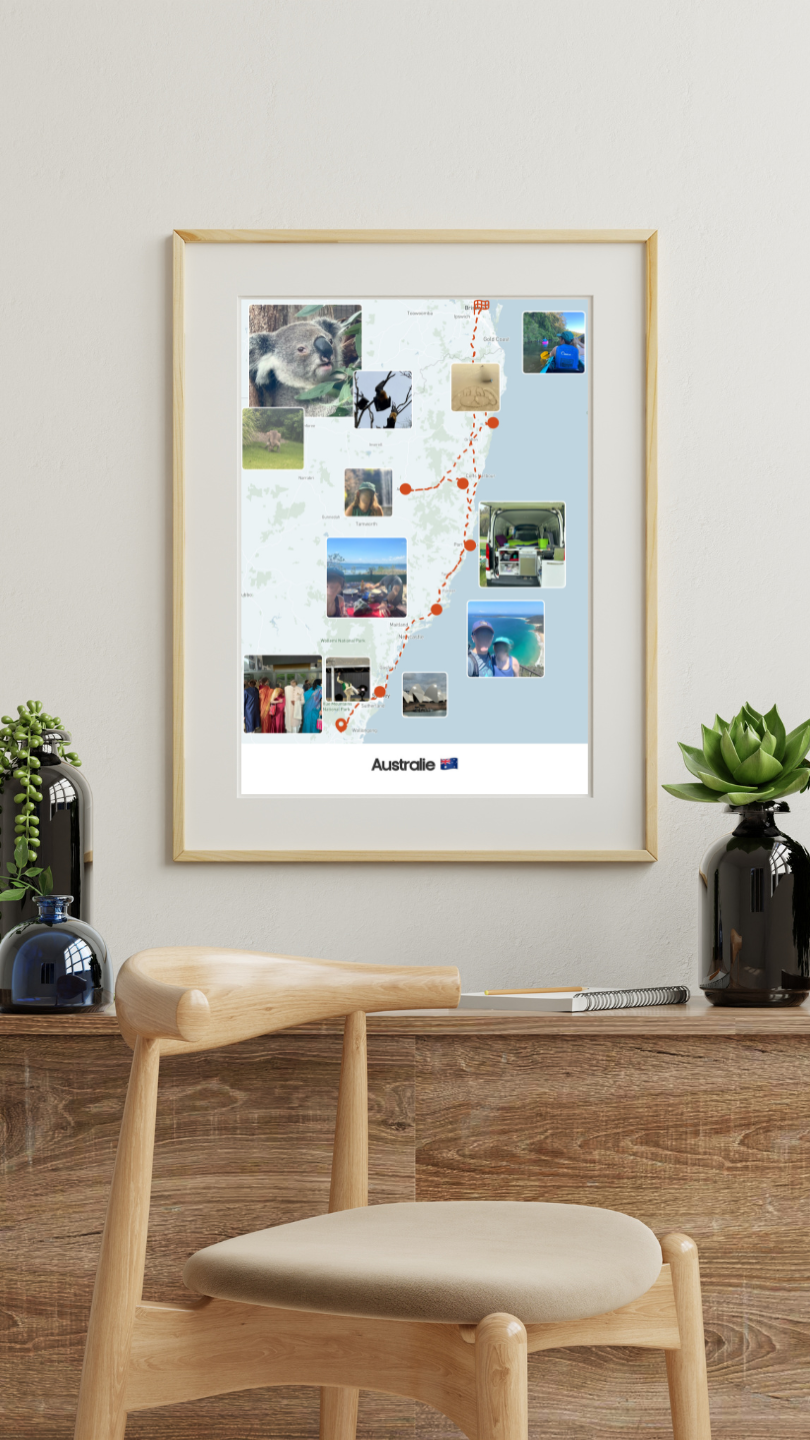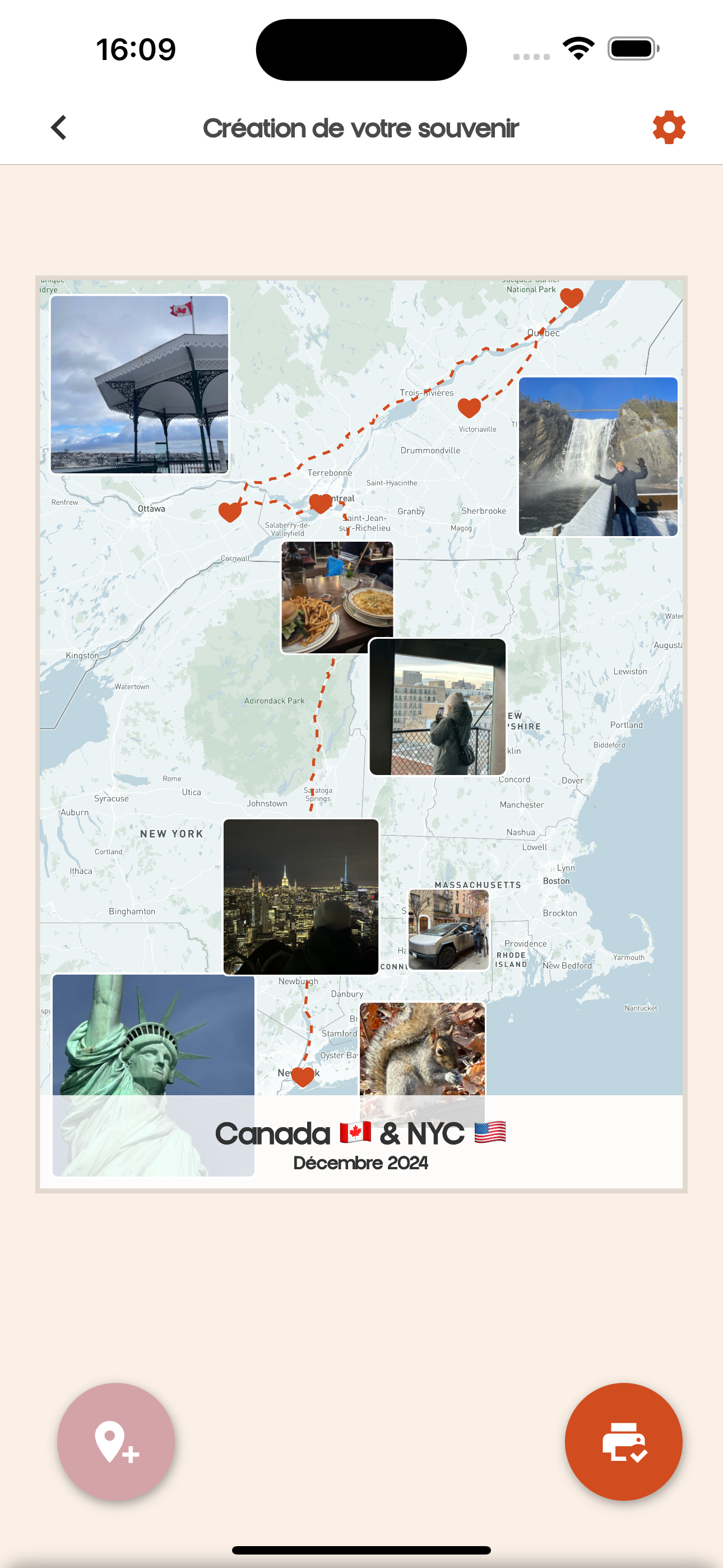Observing animals in their natural habitat is a unique and enriching experience. It allows not only to discover their behaviors but also to appreciate the beauty of nature. Whether you are a wildlife enthusiast or simply looking for adventure, this guide will show you the best places around the world to experience this unforgettable journey. 🌍🦒

Introduction - Discovering the Best Places to Observe Animals in Their Natural Habitat
1. Serengeti - Africa
Tanzania is home to the famous Serengeti National Park, known for its diverse wildlife. By visiting this protected area, you will have the opportunity to observe the Big Five (lion, leopard, elephant, rhinoceros, and buffalo) in their natural habitat. The great migration of wildebeests is a spectacle not to be missed, occurring each year between July and October.
2. Galapagos - Ecuador
The Galapagos Islands offer a sanctuary to unique species such as marine iguanas, giant tortoises, and seabirds. The Galapagos National Park is a top destination for wildlife lovers where guided tours allow you to approach animals in their habitat without disturbing them.
3. Yellowstone - United States
Yellowstone is the first national park in the United States and is home to a multitude of wildlife. Here, you can spot bison, elk, and wolves. The diverse landscapes provide a spectacular backdrop for your observations, particularly in geyser and hot spring areas.
4. Great Barrier Reef - Australia
For marine life enthusiasts, the Great Barrier Reef is a fascinating place. You can observe thousands of fish species, turtles, and colorful corals. Whether snorkeling or SCUBA diving, you'll be immersed in this exceptional ecosystem.
5. Kruger National Park - South Africa
Kruger National Park is one of the largest game reserves in Africa. With its 20,000 km², it offers the chance to see a wide variety of animals in their natural habitat. Vehicle or walking safaris are available to explore the different ecosystems.
6. Costa Rica - Biodiversity Around Every Corner
Costa Rica is a true paradise for animal observers. With national parks like Manuel Antonio and Tortuguero, you will have the opportunity to observe monkeys, sloths, and turtles that come to lay their eggs. Moreover, the biodiversity of this small country is simply breathtaking.
7. Norway's Fjords - In Whale Company's Company
The Norwegian fjords attract whale and nature enthusiasts. These nutrient-rich waters are perfect for spotting humpback whales, orcas, and even blue whales. Boat excursions allow you to navigate close to these magnificent creatures.
8. Masai Mara - Kenya's Savannah
The Masai Mara is another hotspot for animal observation in Africa, particularly for its massive population of big cats including lions and cheetahs. The migration period also offers the opportunity to observe thousands of wildebeests and zebras crossing the Mara River.
9. Banff National Park - Canada
Banff National Park is a gem of the Canadian Rockies. This park offers the possibility to see bears, elk, and bighorn sheep. The majestic mountains and turquoise lakes make it a perfect location for hiking while searching for wildlife.
10. Camargue Biosphere Reserve - France
Camargue, famous for its pink flamingos and white horses, is an incredible ecosystem. By walking through the trails or horseback riding, you can observe a multitude of migratory birds and other animal species in an exceptional natural setting.
Conclusion - An Unforgettable Adventure for Wildlife Lovers
Observing animals in their natural habitat is an enriching experience that fosters understanding and respect for wildlife and the environment. Whether you choose a safari in Africa, a marine expedition, or a mountain hike, each destination offers a unique opportunity to interact with nature. So grab your binoculars and set off to discover the best places in the world to observe animals! 🐾🌿
FAQ - The Best Places to Observe Animals in Their Natural Habitat
1. What are the best times of year to observe animals in their natural habitat?
The ideal time to observe animals depends on the region and the species you wish to see. For example, in the Serengeti, the great migration of wildebeests typically occurs between July and October. In other areas like Camargue, spring and summer are the best times to observe migratory birds. Researching specific seasons for each destination can optimize your observation experience.
2. What equipment should I bring to observe wildlife?
To fully enjoy your wildlife observation expedition, it's advisable to bring binoculars, a camera with a good zoom lens, appropriate clothing for the local climate, a hat, sunscreen, and water. Being aware of safety rules, such as keeping a reasonable distance from animals, is also crucial for respectful and safe observation.
3. What distance should I keep to avoid disturbing the animals?
It's crucial to respect the personal space of wild animals. Generally, it’s recommended to stay at least 25 meters away from large mammals like elephants or rhinoceros, and a bit more for more sensitive species like birds. It’s best to watch animals from a distance with binoculars. This allows for respect of their territory while enjoying the observation.
4. Are safaris safe?
Safaris are generally safe when you are with experienced and licensed guides. These professionals understand animal behavior and safety protocols, allowing you to enjoy the experience without danger. Always follow your guide's instructions to ensure your safety during the safari.
5. Which species can I expect to interact with during these expeditions?
The species you encounter will depend on your destination. For instance, in the Serengeti, you can expect to see the Big Five, while in Galapagos, it will be unique species like marine iguanas. In U.S. national parks, you may spot bison and bears. Each park or reserve offers a distinct experience featuring a variety of species.
6. Can you observe animals at night?
Yes, some night excursions are organized for wildlife observation. Nocturnal animals such as owls, raccoons, and some felines may be more active after sunset. These tours allow you to see animals from a different angle, and often guides have special flashlights to minimize disturbance to the wildlife.
7. What is the ethics of wildlife observation?
It is essential to practice respectful wildlife observation. Avoid disturbing animals, maintain a safe distance, and leave no trace of your visit. Never feed wild animals, as this can disrupt their natural behavior. Choose tours that prioritize conservation and education to ensure that your observation activities do not harm the ecosystem.
8. What are the regulations regarding wildlife observation?
Each country and park has its own rules regarding animal observation. It's vital to research these rules before you go. Certain areas may have restrictions on vehicle types, distances to maintain, or observation times. Adhering to these regulations helps protect wildlife and their habitats.
9. How can I prepare for a wildlife observation expedition?
Preparing for a wildlife observation expedition requires preliminary research on your destination, its iconic species, and the best times of year to see them. Gather your gear, familiarize yourself with safety rules, and consider hiring a guide if necessary. Good preparation will increase your chances of success during your adventure.
10. What impact does tourism have on wildlife?
Wildlife tourism can have both positive and negative effects. On the one hand, it can generate funds for conservation and raise public awareness of wildlife protection. On the other hand, if not managed correctly, it can harm natural habitats and disturb animal behaviors. Therefore, it is crucial to prioritize sustainable tourism that respects the environment and local ecosystems.






